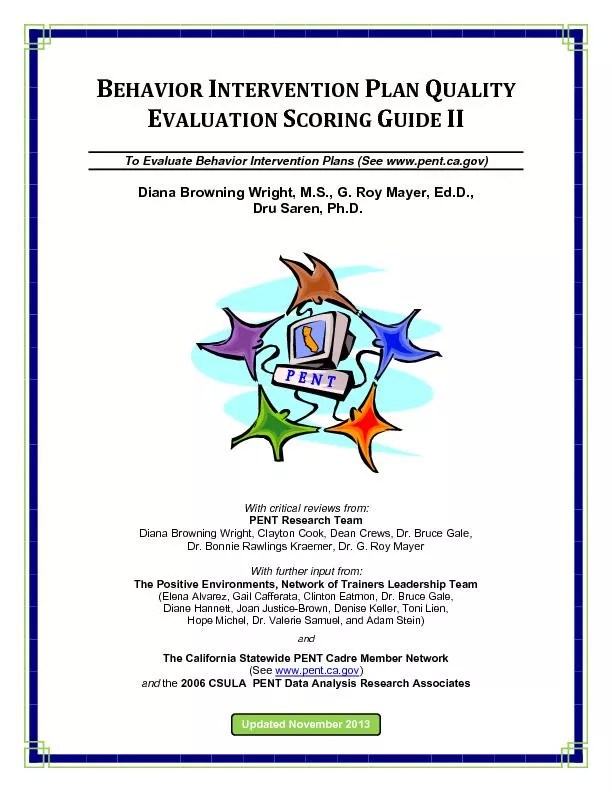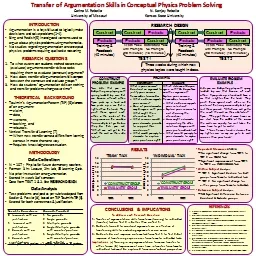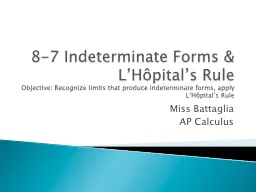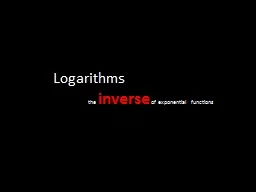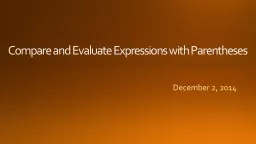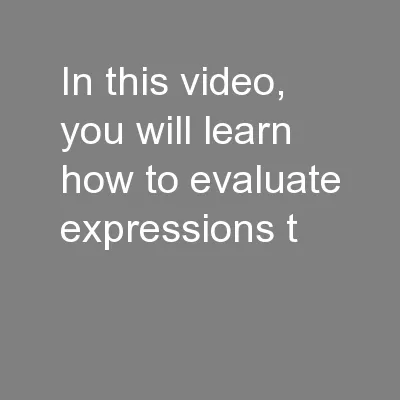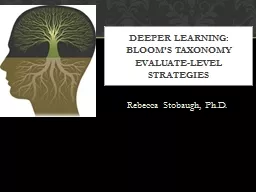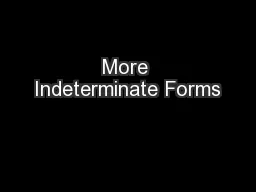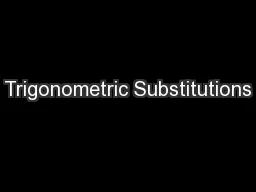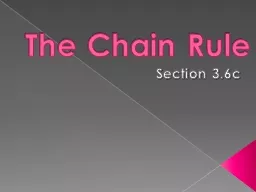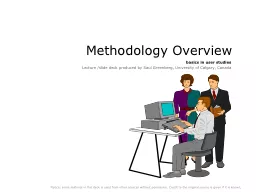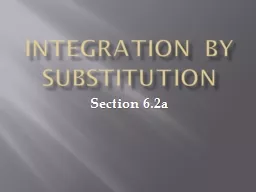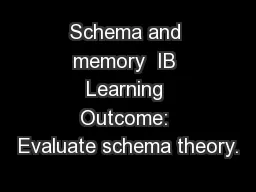PDF-BEHAVIORINTERVENTIONPLANQUALITYEVALUATIONSCORINGGUIDEII To Evaluate Be
Author : pamella-moone | Published Date : 2016-07-08
Diana Browning Wright MS G Roy Mayer EdD Dru Saren PhD With critical reviews from PENT Research Team Diana Browning Wright Clayton Cook Dean Crews Dr Bruce Gale
Presentation Embed Code
Download Presentation
Download Presentation The PPT/PDF document "BEHAVIORINTERVENTIONPLANQUALITYEVALUATIO..." is the property of its rightful owner. Permission is granted to download and print the materials on this website for personal, non-commercial use only, and to display it on your personal computer provided you do not modify the materials and that you retain all copyright notices contained in the materials. By downloading content from our website, you accept the terms of this agreement.
BEHAVIORINTERVENTIONPLANQUALITYEVALUATIONSCORINGGUIDEII To Evaluate Be: Transcript
Download Rules Of Document
"BEHAVIORINTERVENTIONPLANQUALITYEVALUATIONSCORINGGUIDEII To Evaluate Be"The content belongs to its owner. You may download and print it for personal use, without modification, and keep all copyright notices. By downloading, you agree to these terms.
Related Documents

